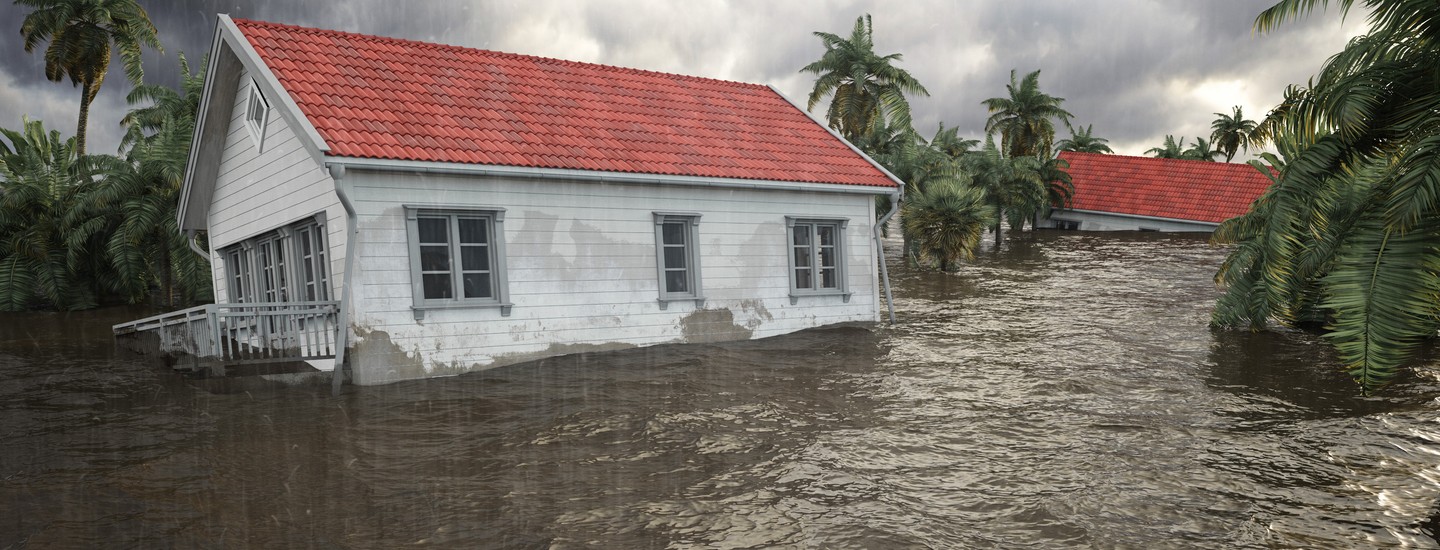
The recent hurricanes prompted many of us to have a “here we go again” sinking feeling as we witnessed three back-to-back hurricanes cause unimaginable damage to many communities in Texas, Florida and the Caribbean. Surfrider’s immediate thoughts went to the safety of those impacted and displaced from their communities. Our Surfrider network pulled together a list of resources for ways to get involved through local organizations on the ground.
As communities begin to recover and rebuild, it is our responsibility to work together to understand the role climate change played in intensifying these mega-storms that greatly impacted our environment, communities and coastal economies. If there was ever a time to take a deeper look at climate change and work to identify possible solutions, that time is now.
This abnormally busy hurricane season is not yet over—and what we are witnessing is exactly what scientists have been warning us about for years—that climate change will produce extreme weather, exacerbate hurricanes, intensify storm surge, and put people, natural resources, and our economic security in danger.
In fact, extreme weather is becoming more consistent and noticeable. At what point do we stop calling it extreme weather and just call it what it is: climate change. Our society is at a turning point and we are faced with hard decisions about curbing fossil fuel use and pursuing alternative energy. Making wise energy choices will help mitigate climate change down the road, but waiting for those benefits will take a long time, and right now we must take immediate steps to actively plan for climate change impacts.
After extreme weather events, the sentiment is often to rebuild in the same place and immediately begin armoring the coast. While this may be politically appealing as a quick-fix solution, it can often lead to overdevelopment of the coast, which actually creates negative long-term impacts. Scientists have proven unequivocally that armoring coastlines increases erosion by cutting off the natural flow of sand that builds buffers and resilient beaches. Alternatively, through strategic restoration, shorelines and dunes can regenerate naturally without causing further erosion.

Avoiding the temptation to quickly rebuild again in impacted areas helps local decision-makers to focus more intently on climate change adaption. Incrementally, steps of adaptation include changing land-use policies to strategic ‘setback’ development, expanding natural buffers, making building codes more rigorous, and relocating infrastructure out of harm’s way in order to preemptively get ahead of the devastating impacts of extreme weather and future sea level rise. Therefore, it is critical that leaders and decision-makers take the time to thoughtfully respond to short-term erosion which provides a window for long-term strategic planning.
Climate change adaptation not only makes sense in terms of land-use planning, but it also saves taxpayers money. Recent articles have highlighted the use of the National Flood Insurance Program to rebuild houses repeatedly in flood prone areas. The Hill cites a house in Houston that has received over $1 million in flood insurance payouts, yet only has an assessed value of $72,400. An apartment complex in Roanoke has received more than $10.5 million in flood insurance payouts over the course of nine years. The question is, how long are we going to throw away taxpayer dollars to rebuild in places that will inevitably flood, fall into the ocean, or wash away?
It is imperative that local, state and federal governments reduce the risk to public assets and natural habitats by limiting shoreline development and locating infrastructure out of the pathway of a dynamic shoreline and rising seas. Recovery efforts following extreme weather events are an important time to improve poorly planned and outdated development standards for the future.
According to the National Institute of Building Sciences, every dollar invested in preparedness and resiliency saves us four dollars in costs down the road. We owe it to American taxpayers, the health of our nation, and our valuable coastlines to make a conscious decision to commit our efforts to proactively planning ahead—this logic inevitably protects our natural landscapes, coastal economy, and our local communities.